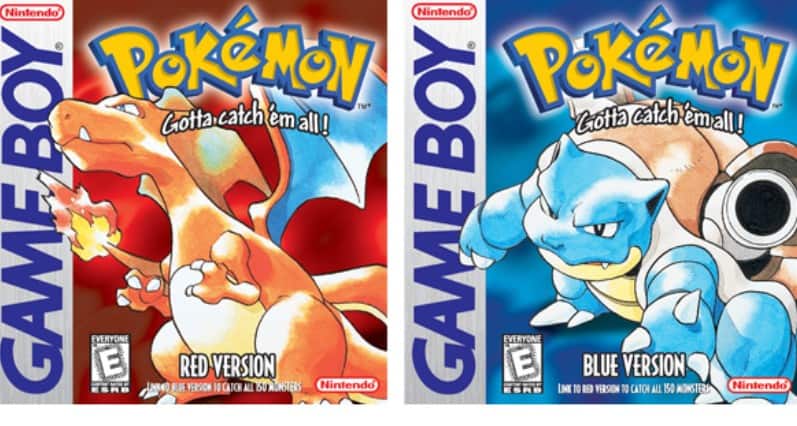For a real trip down nostalgia lane, some Pokémon fans suggest starting at the very beginning, with Pokémon Red and Pokémon Green. These were the first Pokémon games ever officially released, starting the franchise’s history on mobile platforms. Then there’s Pokémon Blue, which is the retitled Green version outside of Japan. However, that’s just the same game with some updates and a color change to better match the main characters and teams.
But hold on: While going back to the beginning may sound like fun, we’re advising you to stop. Red and Green/Blue are not the Pokémon games that you want to start with. In fact, even if you can find emulators that support them, you probably shouldn’t play them at all. That’s especially true if they’re your first Pokémon games. Why? Let’s talk about exactly what’s wrong.
They’re Incredibly Tedious
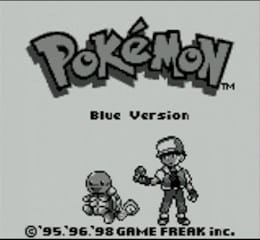
The early Pokémon games were playable, but very different from the games that came afterward. Many of the core concepts of Pokémon gaming were still being developed. Gaming itself was much newer, and ideas like leveling and difficulty had a lot of evolving to do.
So, modern gamers are going to have a tough time. There’s not nearly as much to do as there are in later games, so it’s easy to get bored. Pokémon types aren’t as balanced as they later became, so some fights can feel unfair or badly made unless you have the right type in combat. And while things are very simple, capturing and training can take a lot of mindless time, which is a rarer commodity these days. Plus, misses from high-accuracy hits and pokeballs are much more common and can quickly grow into a problem.
For new Pokémon players, they’re horrible games to start with and can turn you off to the whole experience. For returning players, the games are a massive disappointment compared to what came after.
Mechanically, They’re a Buggy Mess
There’s another huge problem with these first Pokémon releases: They’re not exactly high-quality releases. Pokémon was a very new, much smaller project back then. The first titles were packed full of bugs and glitches thanks to developer issues during the creation of the games. That may be fun news for speedrunners, but for the average gamer it creates a lot of problems.
For example, the game can try to load in a blank slot for a Pokémon (about 40 of these slots exist), which create a missing number glitch instead. Other bugs can soft-lock the game just for trying to capture a Pokémon or enter a battle with another trainer. Some bugs disable vital equipment like your bicycle. Miscalculations in things like Focus Energy actually make it have the opposite effect it’s supposed to. Bugs like these are hard to predict and can ruin a (already tedious) playthrough.
In this regard, Blue actually has an advantage, because the re-released did give developers time to fix many of the bugs. However, unexpected glitches still persist — a problem that many 1990s Pokémon titles had.
A Lot of Pokémon Are Straight Up Missing
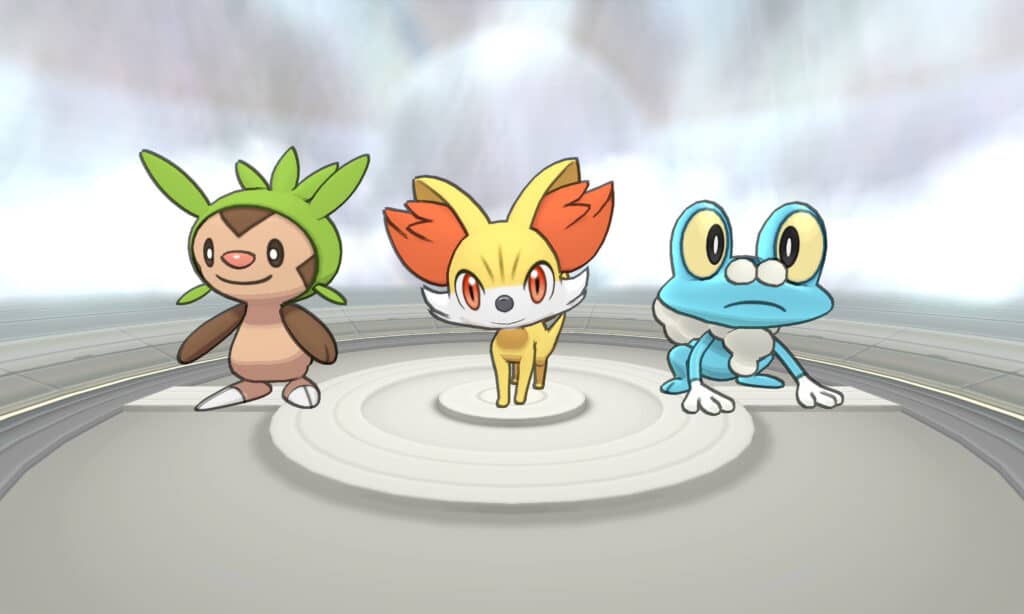
©Screenshot from Pokemon X.
Previous fans of the Pokémon games will quickly find it annoying how few Pokémon are actually in the original games. By the standards of the day, around 150 Pokémon was an incredible number, but by modern standards it can feel very shallow. Gamers who found a few favorite Pokémon from future games are often disappointed to learn they don’t exist in the first titles. Or even entire types and elements are missing compared to later generations, which may remove some of your favorite interactions.
As we mentioned above, the game is also filled with slots for Pokémon that don’t exist, which is another level of frustration. And it gets worse. Infamously, Pokémon like Mew were mentioned in the game but weren’t supposed to exist mechanically, but glitches allowed players to see the Pokémon they couldn’t get. The game managed to spin this “secret” Pokémon rumor to its advantage and make Mew an unlockable, special gift at a future date. But it’s still a sign of how limited playable Pokémon originally were.
The Originals Are Only Available In Japanese…and Localization Isn’t Perfect
The original Red and Green games are only available in Japanese, and the minimalistic interfaces don’t help much either. While gamers can push their way through some games without knowing Japanese, that trick doesn’t work well here. Navigating menus, especially battle menus, and understand what you need to do is impossible without some knowledge of the language.
Of course, as Blue shows, the games were eventually localized for North America, so other versions are available. But keep in mind, these were also pretty early days for localization as well. That means some instructions and names still don’t make much sense and not all conversations translate well. It feels pretty shoddy compared to the expert work we have today. Sure, there are updates and revised versions you can find via emulators, but that’s an extra step and introduces bugs on its own.
Visually, Red, Green, and Blue Are Lackluster
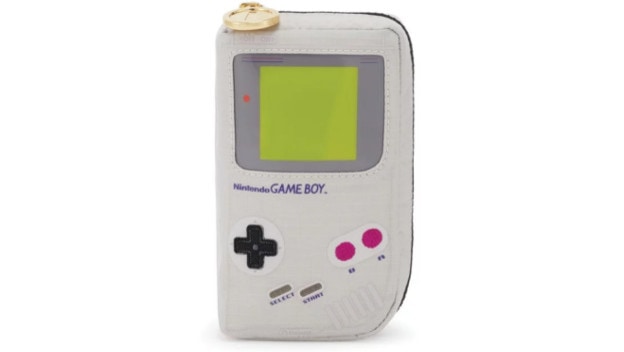
Back in the Red, Green, and Blue days, Pokémon was originally released on Game Boy, and platform limitations are now very obvious. One of the most painful aspects are the lackluster, boring visuals.
Despite the vivid names, there’s not a lot of color in these games at all. At the most, they have a bit of shading and some annoying Game Boy tint. Some emulators even imitate this appearance! But trust us, that particular bit of nostalgia is more frustrating than anything else. Color filters can make a small difference, but it’s clear the games were never designed to be very vibrant. It wasn’t until years later that Pokémon became the colorful pocket monster fest that players know and love today. Seeing the world so drab is just a letdown.
Important Mechanics Are Completely Missing
If the bugs and missing Pokémon weren’t enough, players will also find the mechanics in Red, Green, and Blue lacking. Even basics that were added several years later in new generations of the games are missing here. That includes features Pokémon fans now take for granted, including:
- The ability to make a girl as your main character
- An intro that explains the controls (yep, even that’s missing in the early versions)
- Existing classifications of move types — and many moves added later on are completely absent in these games
- The ability to re-battle outdoor trainers
- Lack of mini-games
- Lack of Pokémon genders and natures
- Pokémon cannot hold items
- Lack of many evolutionary lines later added on, so Pokémon are stuck at certain stages
These are all reasons to avoid the first Red and Green/Blue games. However, as we’ll talk about below, gamers can find better options.
Battles are Insanely Exasperating
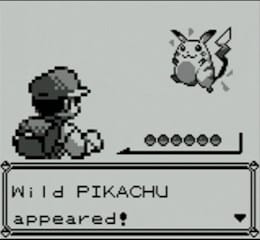
Hop into a few battles in the first generation Pokémon games, and you’ll soon spot massive problems, far beyond the missing mechanics and glitches we’ve already talked about. Even if everything goes perfectly right, you’ll still run into confounding issues like:
- There aren’t power points in the same way newer games have them, so Pokémon aren’t really limited in their moves, even if those moves are overpowered.
- Critical hits are based on the speed of the Pokémon and the calculations don’t work out well, so slower Pokémon have a huge disadvantage that never goes away.
- Some status effects like Sleep will sometimes ignore accuracy and will always replace existing statuses.
- Other statuses like Frozen were often permanent. Often the only way to remove them was with an opposing element attack, which wasn’t always available.
- Stasis moves like Wrap, Bind, or Clamp prevented all meaningful activity for several turns. Enemy AI tends to recast these abilities frequently, so as long as they succeed your Pokémon became helpless.
- Any ability with lasting damage stacked with all other similar abilities. That means that things like leech, poison and burn will all stack together and increase each other’s damage. This created hilariously unbalanced situations against certain types of Pokémon.
- Counter applies to all kinds of damage, including damage from past turns. That makes it wildly unpredictable and sometimes overpowered.
- Immunities are…weird. Some moves ignore immunities altogether regardless of damage type.
- AI balance can also go in the other direction. Trainers often default toward using their most effective moves or a power item that they had been coded to have. They’ll make these choices regardless of how smart they or, or even if they’ll work at all.
- If you level up more than one level at a time due to big experience boosts, your Pokémon will literally skip the level and won’t learn any abilities associated with it.
These aren’t technically bugs, and there’s not really anything you can do to stop issues like these. Even fan-created mods of the game rarely try to change anything about battles. You’re stuck with these issues until you move on to better Pokémon games…so why waste the time?
There’s No Real Story
We don’t expect a blockbuster tearjerker from a Game Boy game. But Pokémon Red, Green, and Blue don’t have any of the story elements that Pokémon fans appreciated so much from later games. In hindsight, almost all the story was added by the cartoon and a lot of hard work from fans.
Trying to play first-gen Pokémon games means trudging through a story that barely exists. There’s no real quest or sense of urgency beyond visiting gyms and collecting Pokémon. Yes, Team Rocket exists, but they don’t do much either. Their motivations are poorly explained and they don’t seem to have much of a master plan. More complex themes like the contrast between nature and technology aren’t explored at all here. Plus, in the first versions of the games, once you beat all the gyms and the Elite, you’re finished. There’s no additional endgame story or anything else to do.
You Have Way Better Options
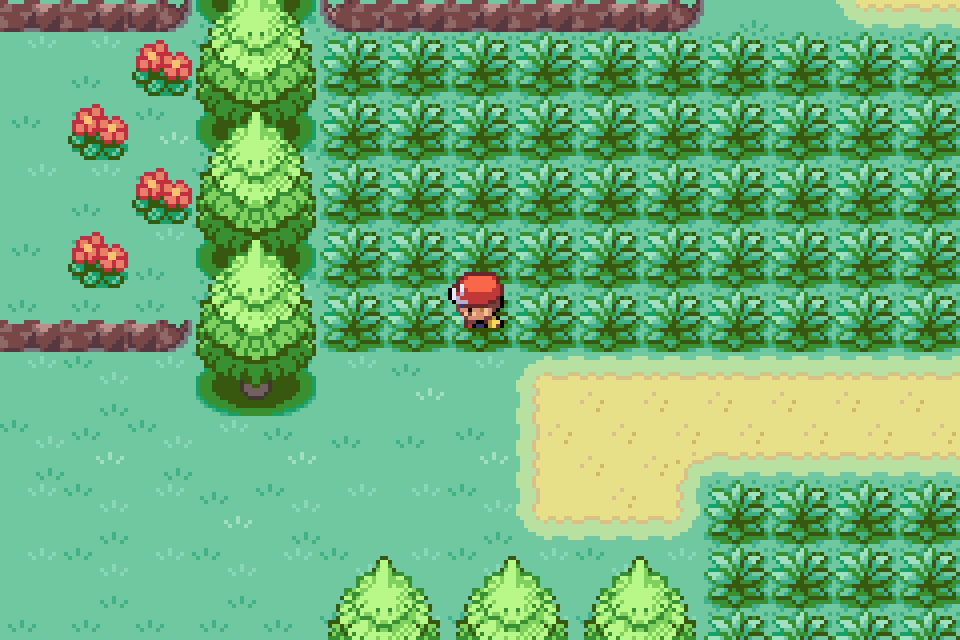
One of the best reasons to avoid Red, Green, and Blue is actually a positive: You’ve got way better options that still help you explore the first era of Pokémon. Nintendo and others were well aware of all the issues we listed above. They also knew that many players wanted to experience the original games as years passed. So, they found a solution.
If you really want to experience the original Pokémon journeys, skip ahead to Gen 3. At this point, the company remade the first games as FireRed and LeafGreen. They’re now packed with more Pokémon, more activities, much better visuals, and general improvements. Because these Gen 3 versions are made for a more advanced platform (the Game Boy Advance), they’re more freely available emulators or otherwise easy to play. It’s also the final nail in the coffin for the first games: With remakes so easily available and far better, Red, Green and Blue really don’t deserve your attention.
The image featured at the top of this post is ©Cover art for Pokémon Red and Blue..
